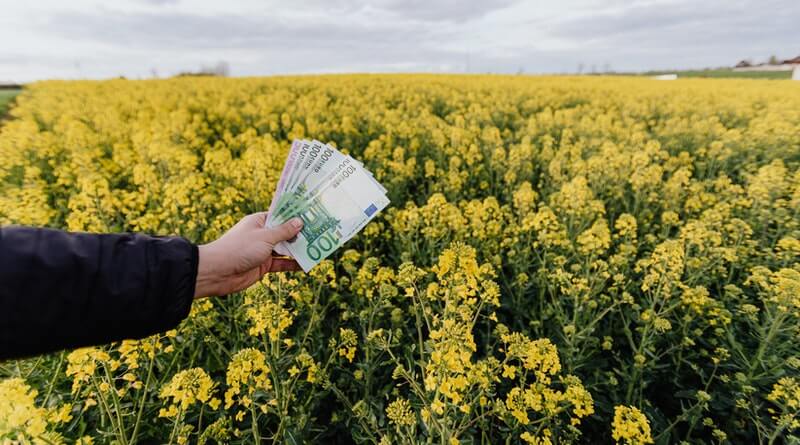



Article by: Hari Yellina (Orchard Tech)
It is a well-known fact that agriculture plays an immense role in shaping the economy of developing countries. Nevertheless, the agricultural sector is also a crucial aspect of first world countries. This is because this domain provides the main source of food, income and employment to their rural populations. Currently, it has been established that the share of the agricultural population in the total populace is 67% that agriculture accounts for 39.4% of the GDP and that 43% of all exports consist of agricultural goods.
Moreover, it has become increasingly evident in the last few years that the conception of both economists and policymakers regarding the role of agriculture in economic development has undergone an important evolution. Roughly one-quarter of the Earths terrestrial surface is now under cultivation with more land converted to crop production in the 30 years after 1950 than in the previous 150 years. In many regions – including Europe, North America, Australia and recently Brazil, China and India-humanity has also become skilful at raising yields through using inputs like fertilizers, pesticides and organic manures. Yet in many poorer countries with low productivity rates and growing populations, agriculture continues to expand into marginal and fragile lands.
Also, in much of sub-Saharan Africa and large parts of Asia – according to estimates compiled by the Millennium Ecosystem Assessment (MEA)- almost no highly productive land is left. However, improvements in agriculture and land use are fundamental to achieving food security, poverty alleviation and overall sustainable development. Agriculture in the United States is becoming increasingly trade-oriented and trade-sensitive. Agricultural trade issues are seen to be much more complex now compared to earlier days. Since the mid-1980s, the value of the dollar has been falling on world currency exchanges and few people (including economists) agree on whether this is good, bad, or no big deal. Congress recently ratified two important trade agreements, the North American Free Trade Agreement (NAFTA) and the Uruguay Round agreement negotiated under the auspices of the General Agreement on Tariffs and Trade (GATT).
Nevertheless, arguments continue over who will win and who will lose under these new trading rules. Fifty years ago, the United States was the largest agricultural exporter, doing about $3 billion in sales per year. Six of its top ten customers were in Western Europe; two more-Japan and Canada-also were developed countries; India, a food aid recipient, and pre-Castro Cuba were the only developing countries that were major markets.